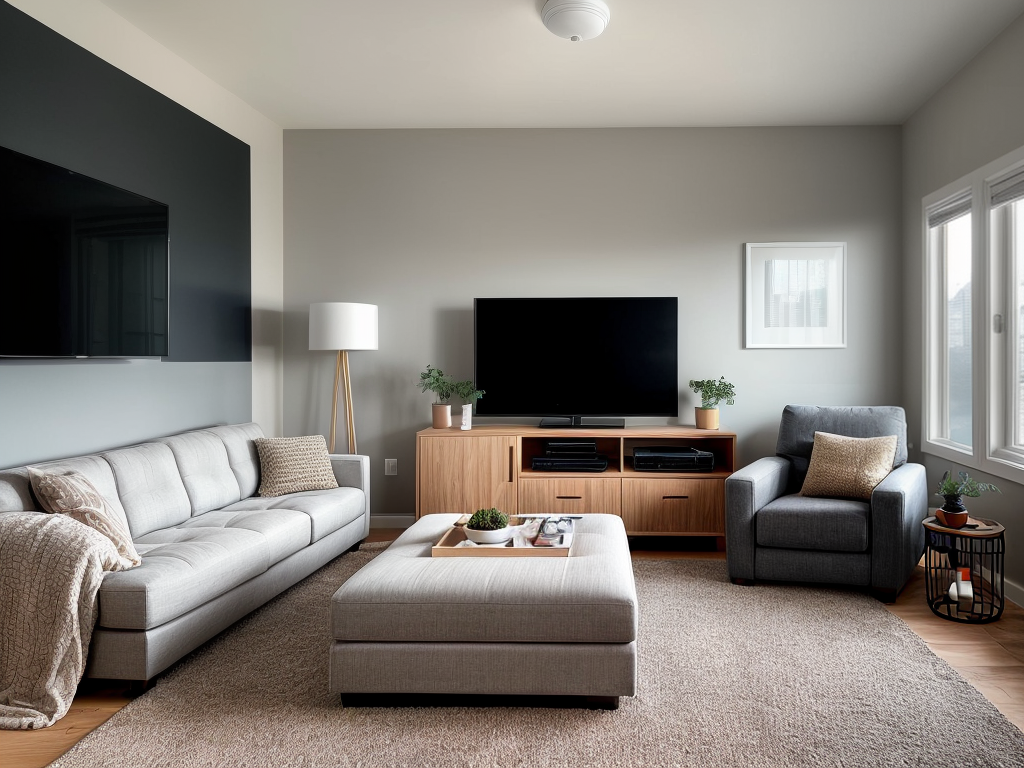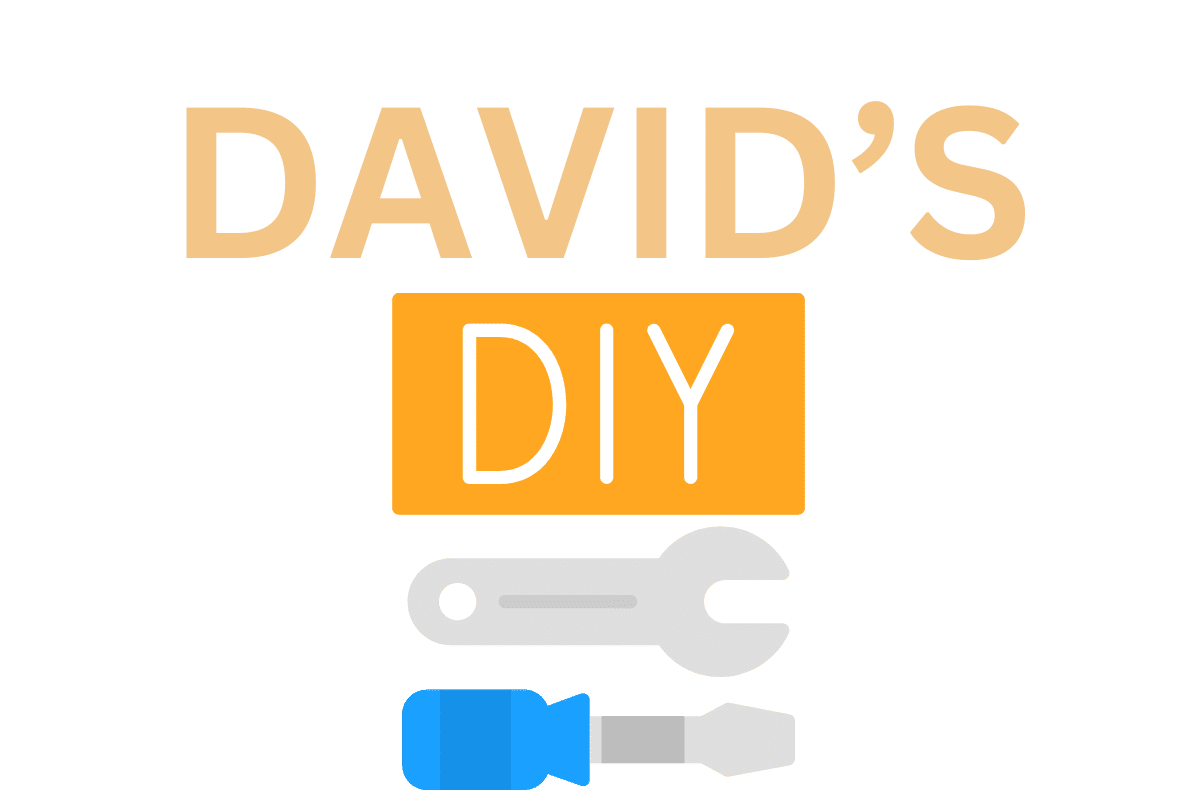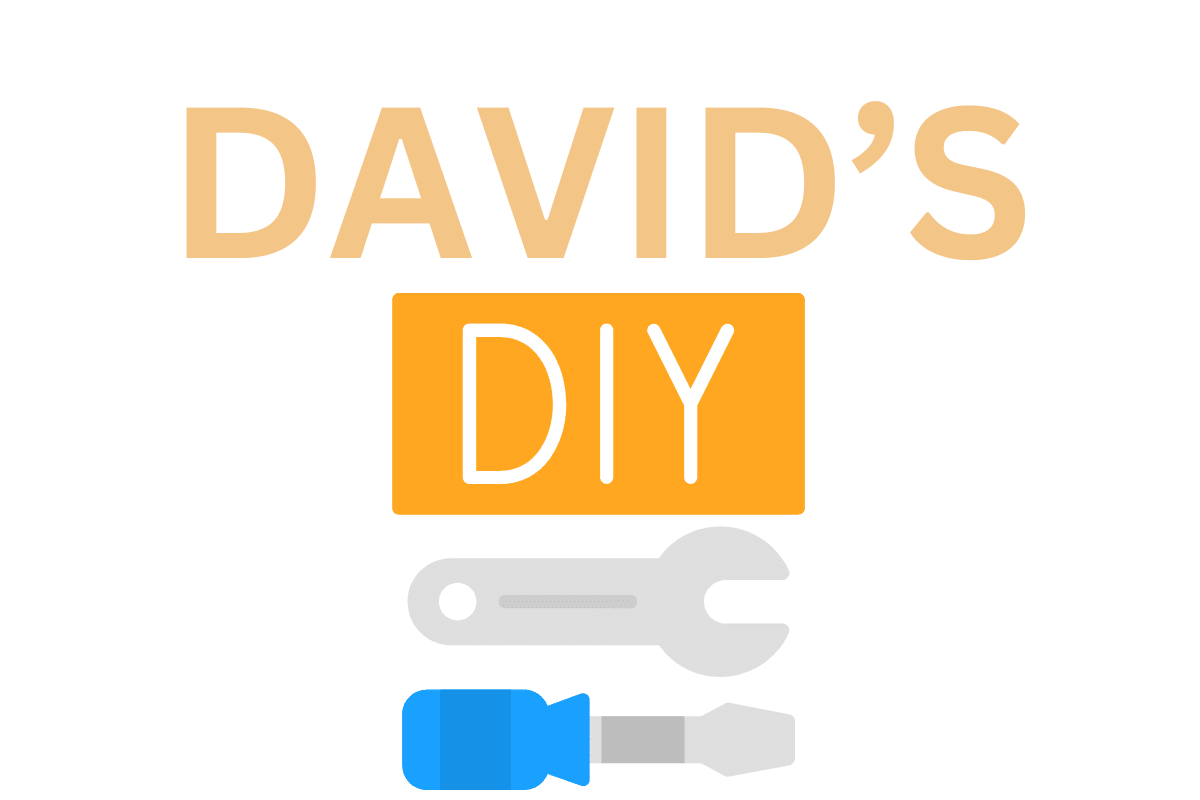
Looking to set up a home media server without breaking the bank? Wondering how to streamline your media collection for easy access? Well, let’s explore the essentials of creating a budget-friendly home media server, from hardware selection to software installation. With the right guidance, you can transform your humble abode into a digital entertainment hub that won’t cost you a fortune.
Choosing the Right Hardware
When setting up a home media server on a budget, I recommend selecting hardware components that prioritize performance and reliability over bells and whistles. To ensure hardware compatibility and cost-effective options, consider choosing a motherboard that supports your desired processor and has enough SATA ports for future storage expansion. Look for a CPU that offers a balance between performance and price, focusing on multi-core processors for smoother media streaming and transcoding. When selecting RAM, opt for modules that match your motherboard’s specifications to maximize performance. For storage, consider cost-effective options like traditional hard drives for large media libraries and SSDs for faster boot times and frequently accessed files. It’s crucial to check performance benchmarks to make informed decisions and leave room for future upgrades to accommodate growing storage needs or additional users. By prioritizing compatibility, cost-effectiveness, and performance, you can build a reliable home media server that meets your needs without breaking the bank.
Selecting the Operating System
To ensure optimal performance and compatibility for your home media server, the next crucial step is selecting the appropriate operating system.
- Consider Linux Distributions: Linux offers a wide range of distributions like Ubuntu and CentOS known for stability and customization options.
- Windows OS for User-Friendly Experience: Windows OS, such as Windows 10, provides a familiar interface for those more comfortable with a Windows environment.
- Explore FreeNAS for Network Optimization: FreeNAS is a popular choice for optimizing network performance due to its powerful features and ability to create a centralized storage system.
- Try OpenMediaVault for Customization: OpenMediaVault is a great option for customizing interface design as it offers various plugins and tools to tailor your server to your needs.
Selecting the right operating system is crucial as it determines the functionality and usability of your home media server. Whether you prioritize customizing interface design or optimizing network performance, choosing the appropriate OS will set the foundation for a smooth media server experience.
Setting Up File Storage
For efficient data management on your home media server, consider configuring the file storage system. When setting up file storage, prioritize network security and data backup. Network security is crucial to protect your media files from unauthorized access. Utilize strong passwords, enable firewalls, and consider encryption to safeguard your data. Additionally, regularly updating your network’s security protocols can help prevent potential breaches.
Incorporating a robust data backup strategy is essential to prevent data loss. Implement automatic backups to ensure that your media files are consistently saved in case of system failures or accidental deletions. Utilize external hard drives, cloud storage services, or network-attached storage (NAS) devices for redundant backups.
Installing Media Server Software
Consider installing media server software to streamline the management and distribution of your media files across devices.
Key Points to Keep in Mind:
-
Media Streaming: Look for software that offers robust media streaming capabilities. This ensures smooth playback of your videos, music, and photos on various devices connected to your home network.
-
Transcoding Options: Opt for software that provides transcoding options. Transcoding converts media files into different formats, making them compatible with a broader range of devices. This feature ensures seamless playback regardless of the device’s supported formats.
-
User-Friendly Interface: Choose software with an intuitive interface for easy navigation and configuration. A user-friendly interface simplifies the setup process and enhances the overall user experience.
-
Remote Access: Consider software that supports remote access. This feature allows you to access your media server from anywhere, enabling convenient streaming and management of your media library on-the-go.
Configuring Remote Access
Transitioning from setting up the media server software, the next crucial step involves configuring remote access for seamless management and streaming of your media library. To enable remote access, you typically need to set up port forwarding on your router to allow external connections to reach your media server. This process involves accessing your router settings, identifying the correct ports to forward, and assigning them to your server’s internal IP address.
Troubleshooting network issues may arise during the configuration process. Common problems include port conflicts, firewall restrictions, or incorrect IP settings. To address these issues, ensure that the ports are correctly forwarded, adjust firewall settings to permit traffic on the designated ports, and verify that your server’s IP address is static.
Optimizing remote performance can be achieved by selecting efficient transcoding settings, ensuring adequate network bandwidth, and utilizing VPN services for secure remote access. By fine-tuning these aspects, you can enhance streaming quality and minimize buffering delays, providing a seamless media experience across all your devices.

